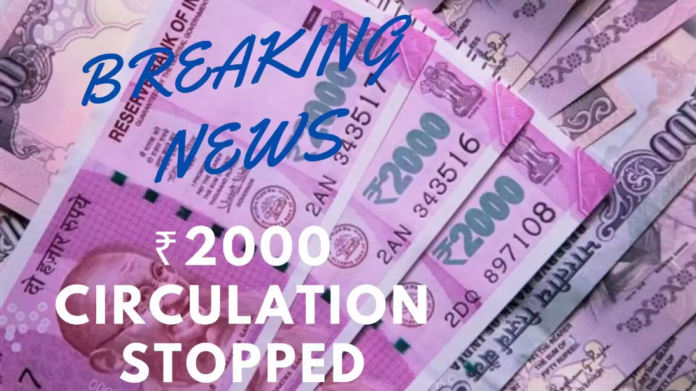In a recent development, the Reserve Bank of India (RBI) has declared that the ₹2000 currency note will no longer be considered legal tender after September 30. While this decision might come as a surprise to many, it is part of the central bank’s ongoing efforts to promote a more efficient and secure monetary system. Let’s delve deeper into the implications of this decision.
Background:
The ₹2000 note was introduced by the RBI in November 2016 as a measure to tackle the liquidity crunch caused by demonetization. The high-value denomination aimed to facilitate transactions and restore normalcy to the economy. However, its large size and potential for hoarding led to concerns regarding black money and counterfeiting.
Reasons behind the decision:
The RBI’s decision to withdraw the ₹2000 note from circulation stems from various factors. Firstly, it aims to address the issue of unaccounted wealth and curb the circulation of counterfeit currency. By eliminating this high-value denomination, the RBI hopes to disrupt illicit activities and promote transparency in financial transactions.
Impact on the public:
After September 30, individuals possessing ₹2000 notes will still be able to exchange them at authorized bank branches or deposit them into their bank accounts. The move aims to ensure a smooth transition and minimal disruption for the public. It is advisable for individuals to plan their cash transactions and make necessary arrangements before the deadline.
Future outlook:
The discontinuation of the ₹2000 note raises speculations about the potential introduction of a new high-value currency denomination or the promotion of digital payments. This decision aligns with the Indian government’s push towards a less-cash economy and greater financial inclusion.
Conclusion:
The RBI’s announcement regarding the withdrawal of the ₹2000 note as legal tender after September 30 reflects its commitment to enhancing the efficiency and integrity of the Indian monetary system. By tackling the issues of unaccounted wealth and counterfeit currency, the central bank aims to foster a more transparent and secure financial ecosystem. Individuals are encouraged to be aware of the deadline and make necessary arrangements to ensure a seamless transition.





